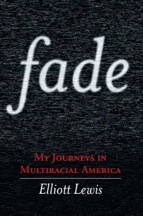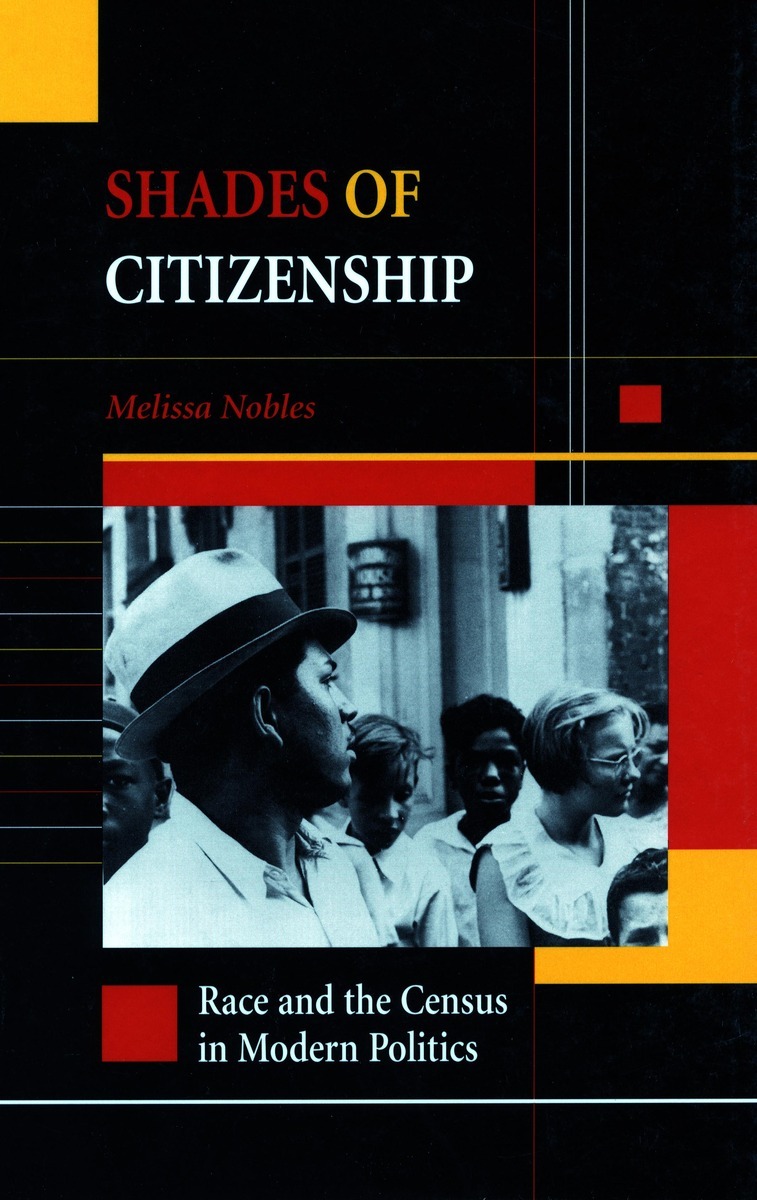The Multiracial Experience: Racial Borders as the New Frontier
SAGE Publications
1995
512 pages
Paperback ISBN: 9780803970595
Edited by Maria P. P. Root
In her bold new edited volume, The Multiracial Experience, Maria P. P. Root challenges current theoretical and political conceptualizations of race by examining the experience of mixed-race individuals. Articulating questions that will form the basis for future discussions of race and identity, the contributors tackle concepts such as redefining ethnicity when race is less central to the definition and how a multiracial model might dismantle our negative construction of race. Researchers and practitioners in ethnic studies, anthropology, education, law, psychology, nursing, social work, and sociology add personal insights in chapter-opening vignettes while providing integral critical viewpoints. Sure to stimulate thinking and discussion, the contributors focus on the most contemporary racial issues, including the racial classification system from the U.S. Census to the schools; the differences between race, ethnicity, and colorism; gender and sexuality in a multicultural context; ethnic identity and identity formation; transracial adoption; and the future of race relations in the United States. The Multiracial Experience opens up the dialogue to rethink and redefine race and social relations in this country. This volume provides discussions key to all professionals, practitioners, researchers, and students in multicultural issues, ethnic relations, sociology, education, psychology, management, and public health.
Table of Contents
The Multiracial Experience: Racial Borders as a Significant Frontier in Race Relations – Maria P. P. Root
PART ONE: HUMAN RIGHTS
- A Bill of Rights for Racially Mixed People – Maria P. P. Root
- Government Classification of Multiracial/Multiethnic People – Carlos A. Fernandez
- The Real World – Susan R. Graham
- Multiracial Identity in a Color-Conscious World – Deborah A. Ramirez
- Transracial Adoptions: In Whose Best Interest? – Ruth G. McRoy and Christine C. Iijima Hall
- Voices from the Movement: Approaches to Multiraciality – Cynthia L. Nakashima
PART TWO: IDENTITY
- Hidden Agendas, Identity Theories, and Multiracial People – Michael C. Thornton
- Black and White Identity in the New Millenium: Unsevering the Ties That Bind – G. Reginald Daniel
- On Being and Not-Being Black and Jewish – Naomi Zack
- An `Other’ Way of Life: The Empowerment of Alterity in the Interracial Individual – Jan R. Weisman
PART THREE: BLENDING AND FLEXIBILITY
- LatiNegra Lillian: Mental Health Issues of African – Lillian Comas-Diaz
- Race as Process: Reassessing the `What Are You?’ Encounters of Biracial Individuals – Teresa Kay Williams
- Piecing Together the Puzzle: Self-Concept and Group Identity in Biracial Black/White Youth – Lynda D. Field
- Changing Face, Changing Race: The Remaking of Race in the Japanese American and African American Communities – Rebecca Chiyoko King and Kimberly McClain DaCosta
- Without a Template: The Biracial Korean/White Experience – Brian Chol Soo Standen
PART FOUR: GENDER AND SEXUAL IDENTITY
- In the Margins of Sex and Race: Difference, Marginality, and Flexibility – George Kitahara Kich
- (Un)Natural Boundaries: Mixed Race, Gender, and Sexuality – Karen Maeda Allman
- Heterosexual Alliances: The Romantic Management of Racial Identity- Francine Winddance Twine
- Ambiguous Bodies: Locating Black/White Women in Cultural Representations – Caroline A. Streeter
PART FIVE: MULTICULTURAL EDUCATION
- Making the Invisible Visible: The Growth of Community Network Organizations – Nancy G. Brown and Ramona E. Douglass
- Challenging Race and Racism: A Framework for Educators – Ronald David Glass and Kendra R. Wallace
- Being Different Together in the University Classroom: Multiracial Identity as Transgressive Education – Teresa Kay Williams et al
- Multicultural Education – Francis Wardle
PART SIX: THE NEW MILLENIUM
- 2001: A Race Odyssey – Christine C. Iijima Hall



